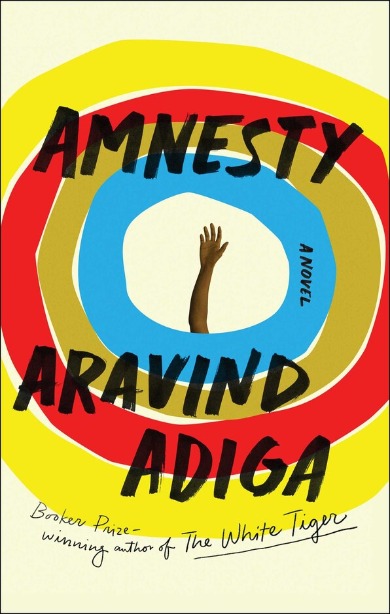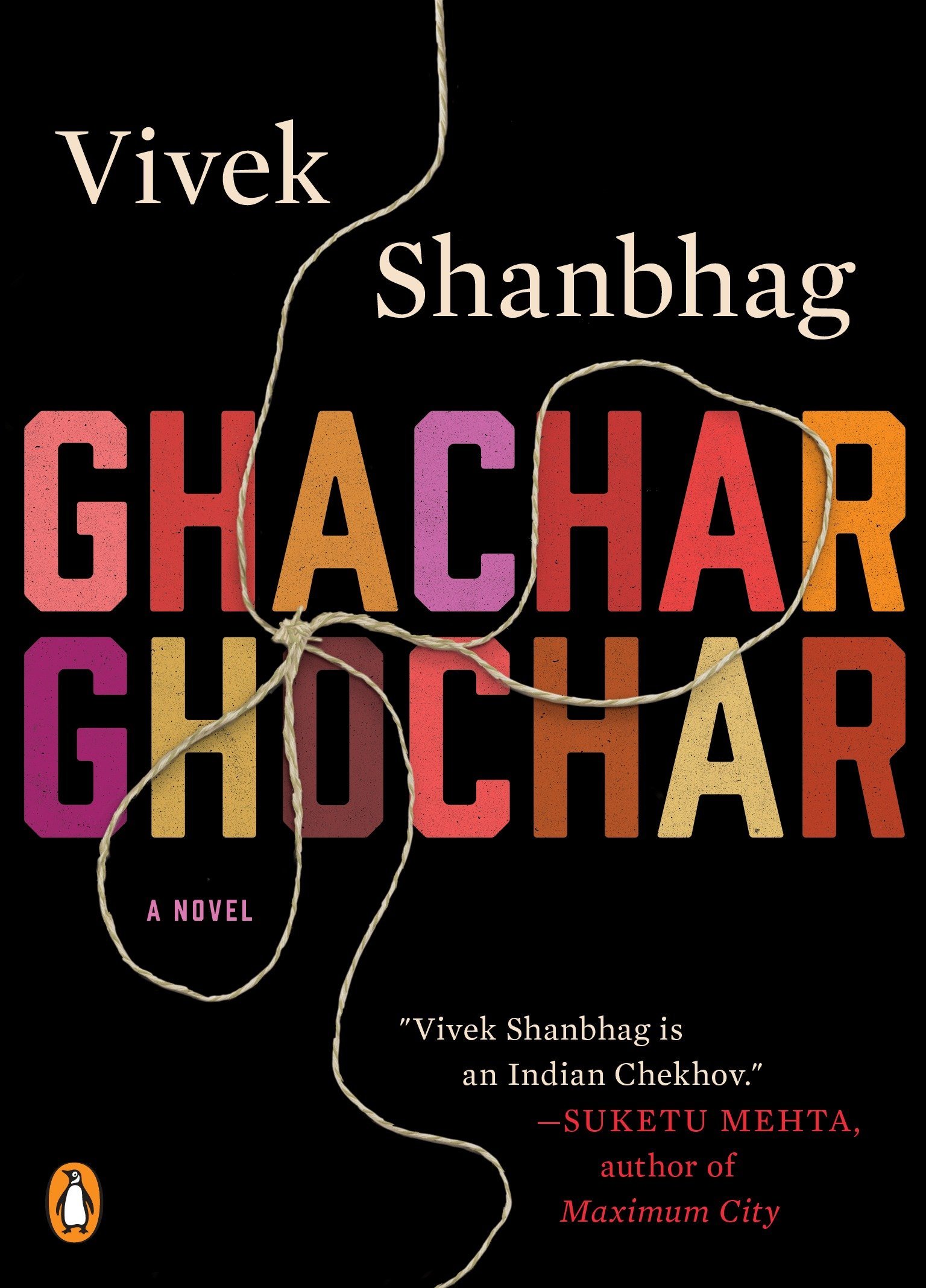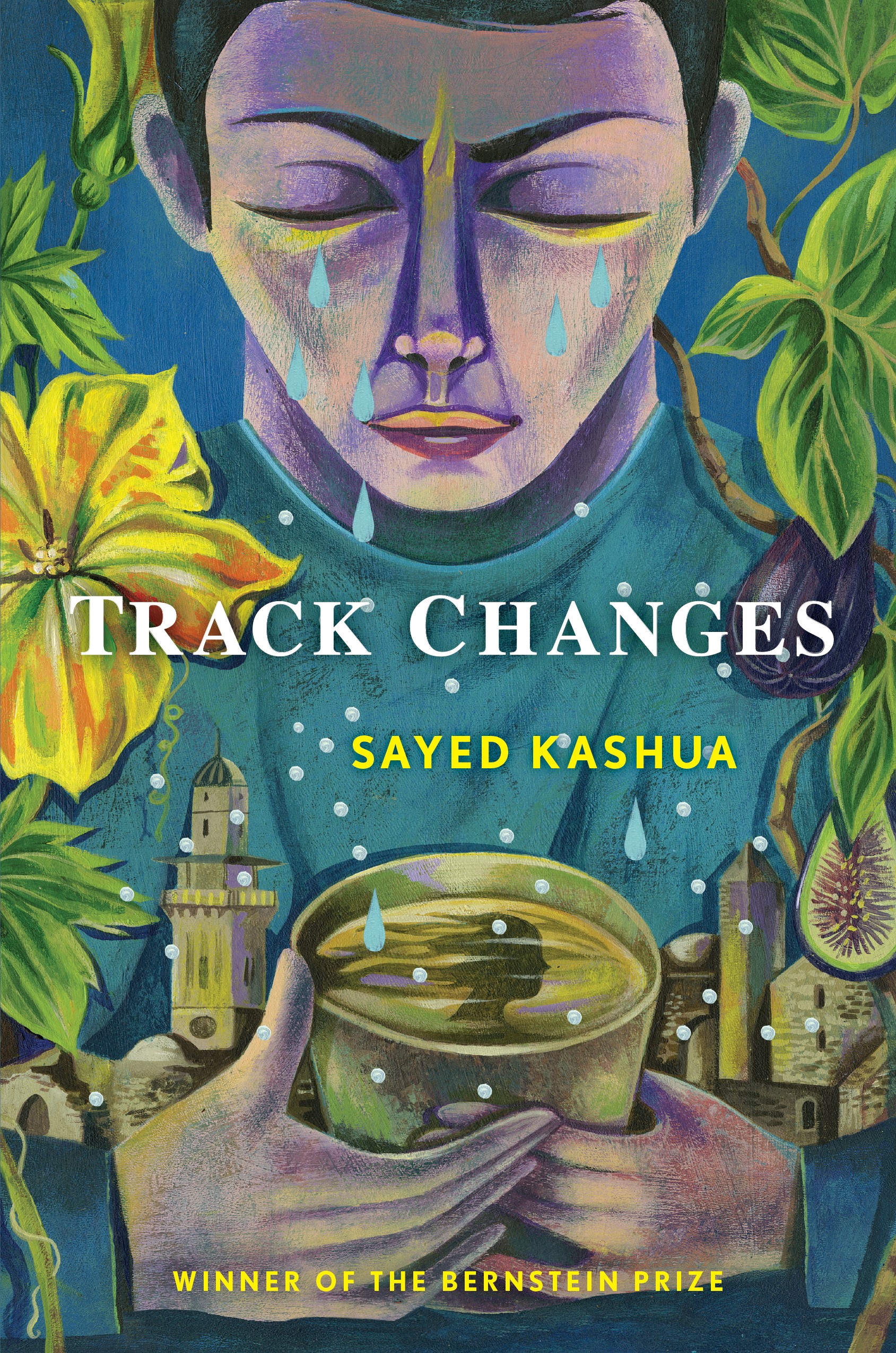How to Kidnap the Rich: A Novel, Rahul Raina, Little, Brown, 2021, pp.325, ISBN: 978-0-06-302878-4
Books about aspiration In India abound, yet few manage to capture the unity of poverty and riches in a radically unequal society built on shaky foundations of crony capitalism. Rana Dasgupta’s Capital and James Crabtree’s The Billionaire Raj offer a non-fictionalized portrait of cities where the richest resemble Western capitalist dynasties, while the poor beneath them remain unique in their ever worsening suffering. Sky terraces of Antilia, the 27-story, 173-meter tall single-family home belonging to Mukesh Ambani of Reliance Industries, overlooks Dharavi, a slum where a million people live in 2 square kilometres. Privilege and oppression, coupled with the neoliberal turn of the ’90s, create illusions of possibility. Each society weaves its own mythology about the path to that success. In India, hard work, dedicated study, respect for the elders, and embrace of tradition and hierarchy (social, religious, cultural) have become dominant features of that aspiration.
Rahul Raina’s first novel, How to Kidnap the Rich, ridicules this aspirational society through the lens of Ramesh, an “independent educational consultant,” who sits the exams for the kids of India’s power elite. His own social background prevents him from fully joining their ranks, for how can a low-caste motherless son of an alcoholic chai walla mingle with his Vedic superiors? His ability to successfully sit the exams for others satirizes a meritorious and levelling view and power of education. Ramesh, as a character, emphasizes the systemic inequality of the new India and the vacuity of its democratic promises. Even though he works hard and studies, he remains shackled by his class. On the other hand, Raina uses the character of Rudi, one of Ramesh’s clients, to further depict the social hierarchy which rests on the hard labour of the lower classes and whose labour is appropriated by the rich. In recounting his story, Ramesh says that it is about wealth, wealth which exists as a consequence of inequality and only in so far as it can perpetuate itself by perpetuating poverty.
Even though Ramesh is the reason behind Rudi’s success, he is still only entitled to 10% of Rudi’s income stream. Rather than “hard work,” bribery, trickery and seizing the window of opportunity to align oneself with the rich appear as the best mechanism for social mobility. Ramesh willingly submits himself to Rudi’s demands in order to earn a living in a twisted tale of trickle down economics. He attaches his survival to Rudi’s success, who similarly is forced to rely on Rudi’s labour for his own. Wealth relies on poverty, and poverty is intricately related to wealth. However, for Rudi, the relationship is necessary simply for his cultural capital, yet it is a matter of survival for Ramesh. Ramesh’s blunt cynicism and awareness of that portray societal hopelessness. His understanding of greed, causes and consequences of environmental pollution, unequal sharing of resources (1% owns 58% of national wealth as per OXFAM) impotently critiques neoliberal India.
Raina’s portrayal of India similarly plays on the role of religion and nationalism in enabling and perpetuating inequality. Saffron-robed masses and politicians exalt Vedic virtues publicly, while privately, they trample on them in pursuit of self-interest. Just when the situation seems like they would be discovered, the corrupt and the bribed play the nationalist card to turn the situation in their favour and throw sand in the public’s eyes. The potency and the ability of nationalist hatred to mask injustice is seen when the characters broadcast their message revealing the corruption of one of the producers, aspiring politicians even, with little effect. Interestingly, the authorities are aware of the absurdity of those claims and are willing to play along as long as they are able to spin the situation in their favour.
Race relations and ideas about India and the West fuse into orientalism which Raina includes in the narrative as both beneficial and detrimental to character development. Ramesh is rescued from his poverty and “given a chance” by a white French nun who uses her Christian, white authority to “extract” young Ramesh from an abusive relationship he had with his father. Father submits to Claire’s demands, even though she’s a woman, something he refuses to do with his female compatriots. Rather than a nod to the inherent goodness of the white-saviour complex, Raina uses this situation as a critique of the society which outsources the care for its poor to NGOs, guilt-ridden whites and others. Tellingly, Dalits, Adivasis and others have historically embraced Christianity as an act of self-defence and survival, seeking to escape the caste system not necessarily out of pure belief. While Claire uses her whiteness to ease her conscience, Ramesh uses the West’s idea about India to his own benefit. He plays on the Western exoticization of India to earn money. Orientalism leads to the commodification of culture, where anything becomes a thing to be exchanged on the market in the process of accumulation.
Raina’s How to Kidnap the Rich offers a stirring critique of new India, the likes of which we have read in Aravind Adiga’s novels before. It is a tragic and funny narrative of the futility of aspiration and impotence of the individual in a capitalist society.




